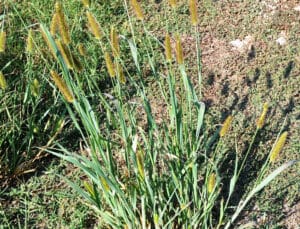Liriodendron tulipifera
Description
Imagine leaving for work one morning during spring: before you leave, you notice 3 to 4 small blooms on your tree. When you come home that evening, that same tree is covered in a blanket of richly-hued florals. With the Tulip Poplar, a dazzling production and fast growth are not only possible but expected.
You’ll have the brightest tree in the neighborhood. And though it takes the blooms some time to develop (10 to 15 years), they’re unmatched. Even better? During the summer, you’ll have a fast-growing, well-formed green shade tree. When fall arrives, the Tulip’s leaves turn to bright yellow for a dazzling show. So, our Tulip Poplar merges the best of both worlds.
Planting
Choose a location with well-drained soil and partial sun to full sun (about 4 to 8 hours of sunlight per day – but avoid areas with harsh afternoon sun). When you’re ready to plant, dig a large hole to make plenty of room for the roots. The hole should be twice the width of your tree’s root system and just as deep. Plant your tree so that the roots of the tree are covered and the stem is above ground level. Finally, water to settle and mulch around the tree to preserve moisture.
Watering
Young Tulip Poplars should be watered during extended dry spells, particularly in the summer months. Generally, you should water about once or twice weekly during hot, dry weather and once or twice bi-weekly in cooler months.
Tip: Drooping branches are a sign of both over- or under-watering.
Fertilizing
Use only slow release, 10-10-10 or 20-20-20 fertilizer tablets for the first growing season. Fertilize twice a month when the tree is coming out of dormancy, then once a month during the summer. Stop fertilizing before the tree goes back into dormancy.
Pruning
Remove any branches that are growing outside of the designated planting area. To cut a branch, make a cut right next to the branch collar. The branch collar is the swelling that attaches the branch to the trunk. Remove any competing leaders as well.
| Growing Information | |
| Mature Height: | 70 ft |
| Mature Width: | 30-40ft |
| Sunlight: | Full Sun |
| Bloom Time: | |
| Growth Rate: | Fast |
| Grows Well in Zones: | 4-9 |
| Your Growing Zone: | 6 |





